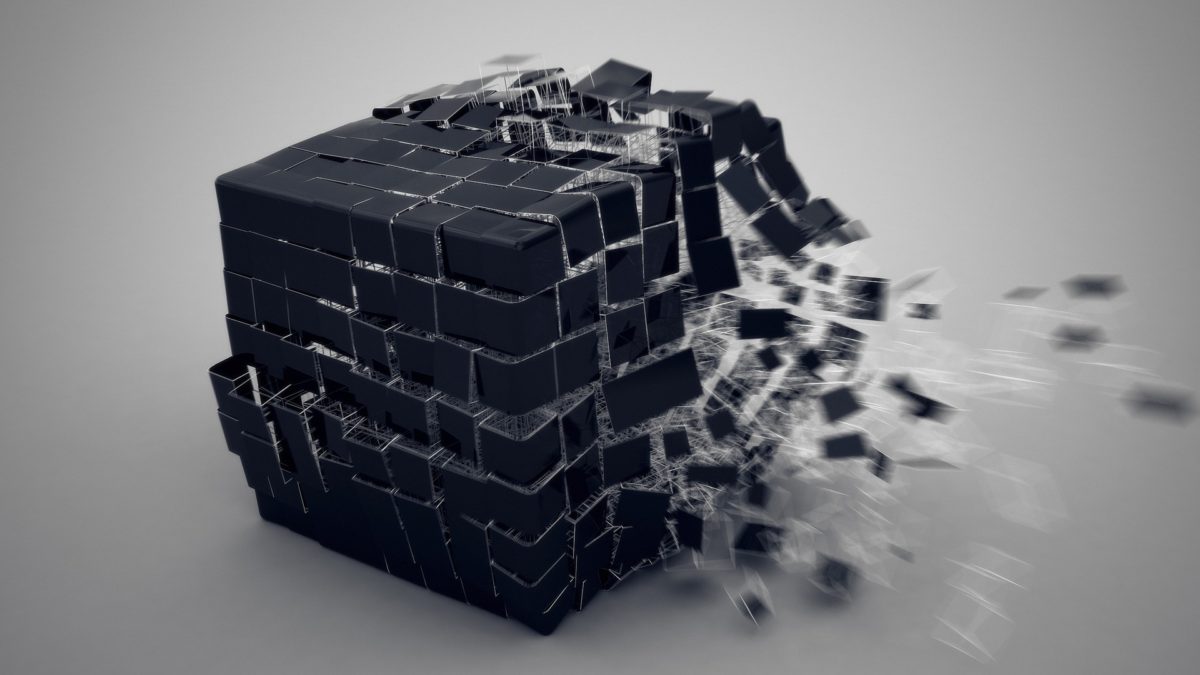The world is changing and while the effects of climate change are felt by many, our farmers are struggling most. For the last decades, the sector has had a hard time keeping up with business in times where weather is unpredictable and heavy rains and long draughts are becoming a commodity (Colangelo, 2016). Together with the rising temperatures, the world’s population is expected to grow to 9.7 billion by 2050, according to the United Nations Report from 2015. This means that by that time the world needs to produce 70% more food than it did in 2016 in order to feed the population (Meola, 2016). Since the majority of land which is suitable for farming is already used, this growth must come from higher yields. That requires optimizing current practices and increasing efficiency usage of resources such as land and water, but to go beyond the industry is now turning to the internet of things for an answer.
Already some high-tech methods are employed in today’s farms to improve food production, also called precision farming. This is the process of using technologies to observe and record data, to eventually improve production output while minimizing the input, such as costs and resources. These technologies often help farmers with their daily routine. For example, sensors in the ground providing the farmer with all sorts of information, by storing the data in the cloud. These sensors enable the farmer to gain knowledge about every inch of his land, such as resources, temperature and historical performances. Farmers can now also use their smartphone to monitor their land and run statistical predictions and even drones are widely used by farmers to generate data about their land. Combining this information with for example weather forecast, the farmer can precisely estimate the amount of extra nutrition’s and water needed for growing. With this new technique farmers are already using approximately 20% less water than they used to (The Economist, 2017) The perception of how we see farming is changing, the production of our food is slowly becoming tightly controlled, data driven and automated. But this seems to be only the beginning of the technological revolution in farming. A new concept of vertical farming is already on its way to take over the traditional food production, growing corps in places where traditional agriculture would not have been possible. Often multiple stories with artificial light producing food in a highly efficient matter, reducing water usage, creating less waste and taking up less space (King, 2016). A promising outcome, that will hopefully feed our next generations.
Colangelo, R. (2016) Can Vertical Farming Sustain Food Demands in the Wake of Climate Change? [online] National Geographic Voices, Available at: https://voices.nationalgeographic.org/2016/10/31/can-vertical-farming-sustain-food-demands-in-the-wake-of-climate-change/ [Accessed 12 october 2017]
Meola, A. (2016) Why IoT, big data and smart farming are the future of agriculture, [online] Business Insider. Available at: http://www.businessinsider.com/internet-of-things-smart-agriculture-2016-10?international=true&r=US&IR=T, [Accessed 12 october 2017]
The economist (2017) The Future of Agriculture, [online] The Economist, Available at http://www.economist.com/technology-quarterly/2016-06-09/factory-fresh, [Accessed 12 october 2017]
King, A. (2017) Technology: The Future of Agriculture, [online] Nature. Available at http://www.nature.com/nature/journal/v544/n7651_supp/full/544S21a.html?foxtrotcallback=true [Accessed 12 October 2017]

